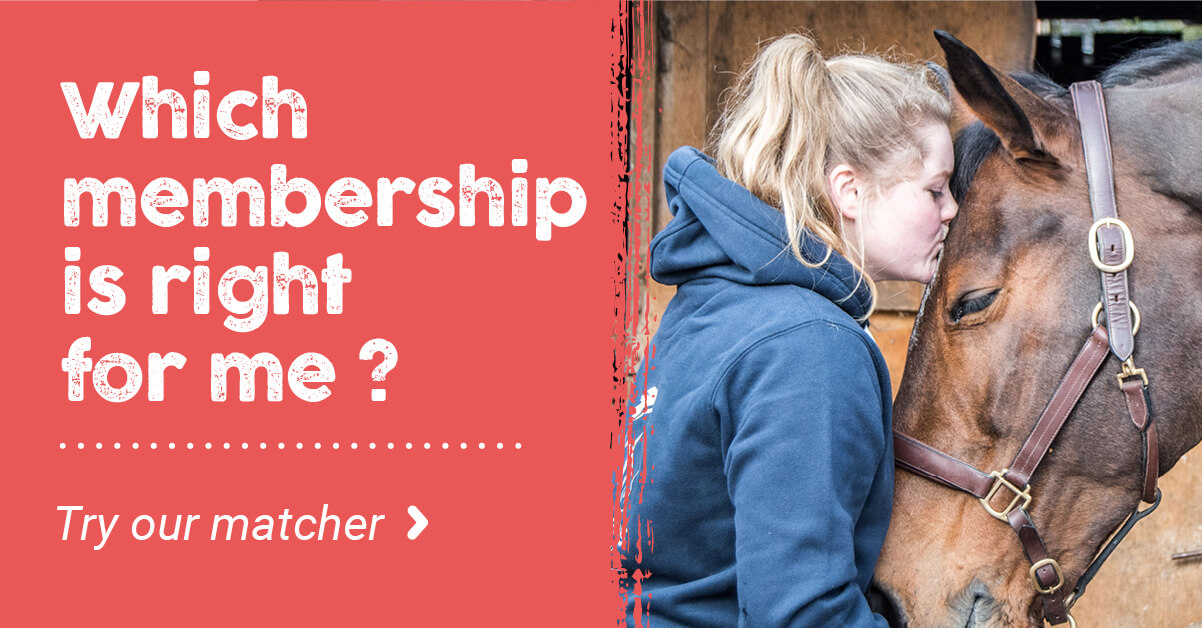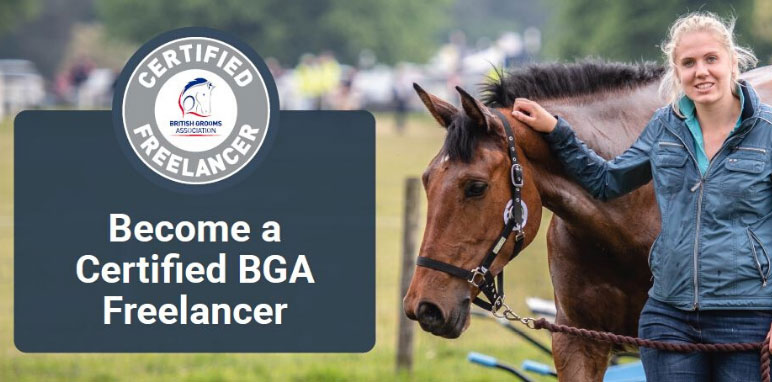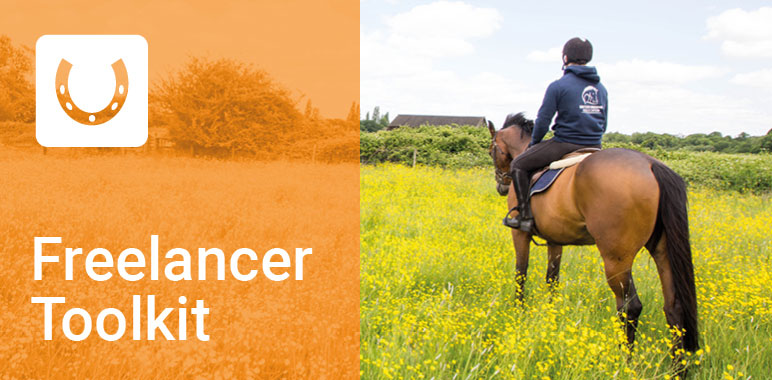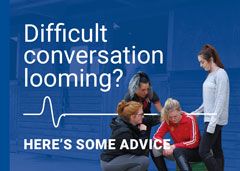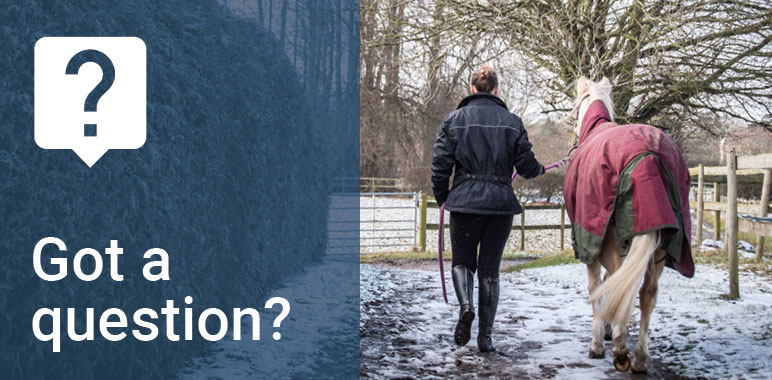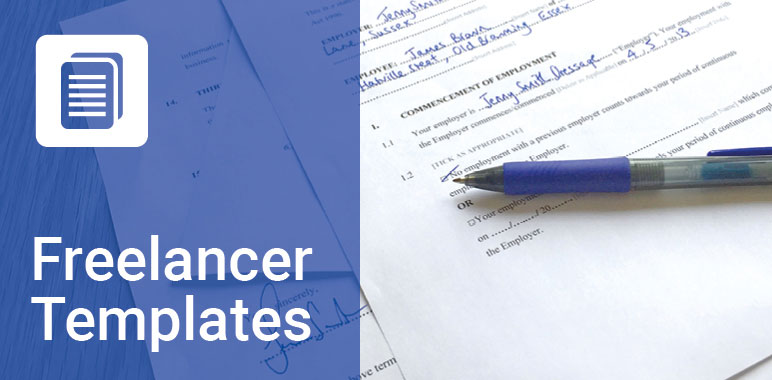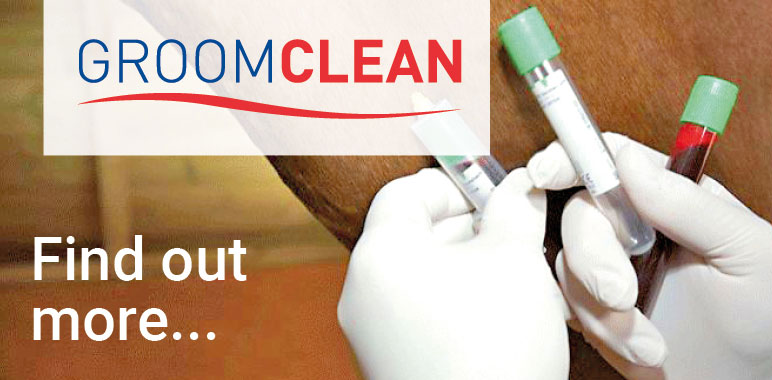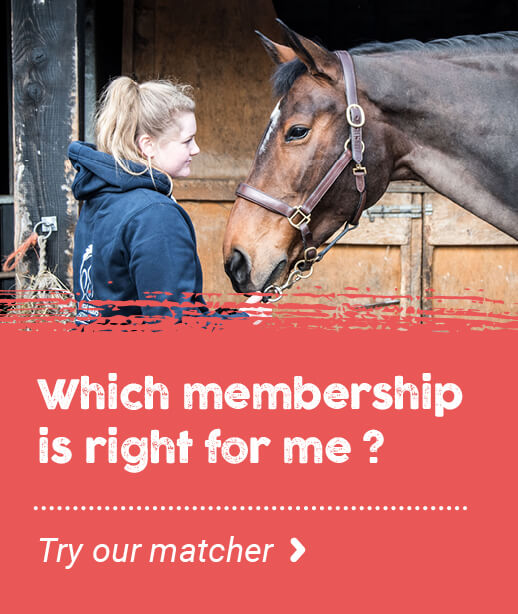- Join Now
- Login
- Member Zone
- Your Career
- Freelancing
- International Grooms Association
- BGA Training
- Healthy Yard Healthy Horses
- Transporting horses
- Brexit
- Safe workplace
- Student Zone
- Member Discounts
- BG Magazine
- Member services
- My employment
- Am I employed correctly
- Grooms Minds
- Safeguarding
- Legal Helpline
- BGA guide to the National Minimum Wage
- Training & Careers
- BGA CV Creator
- Horse groom training
- Where to Train
- BGA E Learning
- Career choices
- Change to Racing
- First Aid training for grooms
- Parents
- Grooms Jobs
- Grooms Life
- About
- News
- Contact

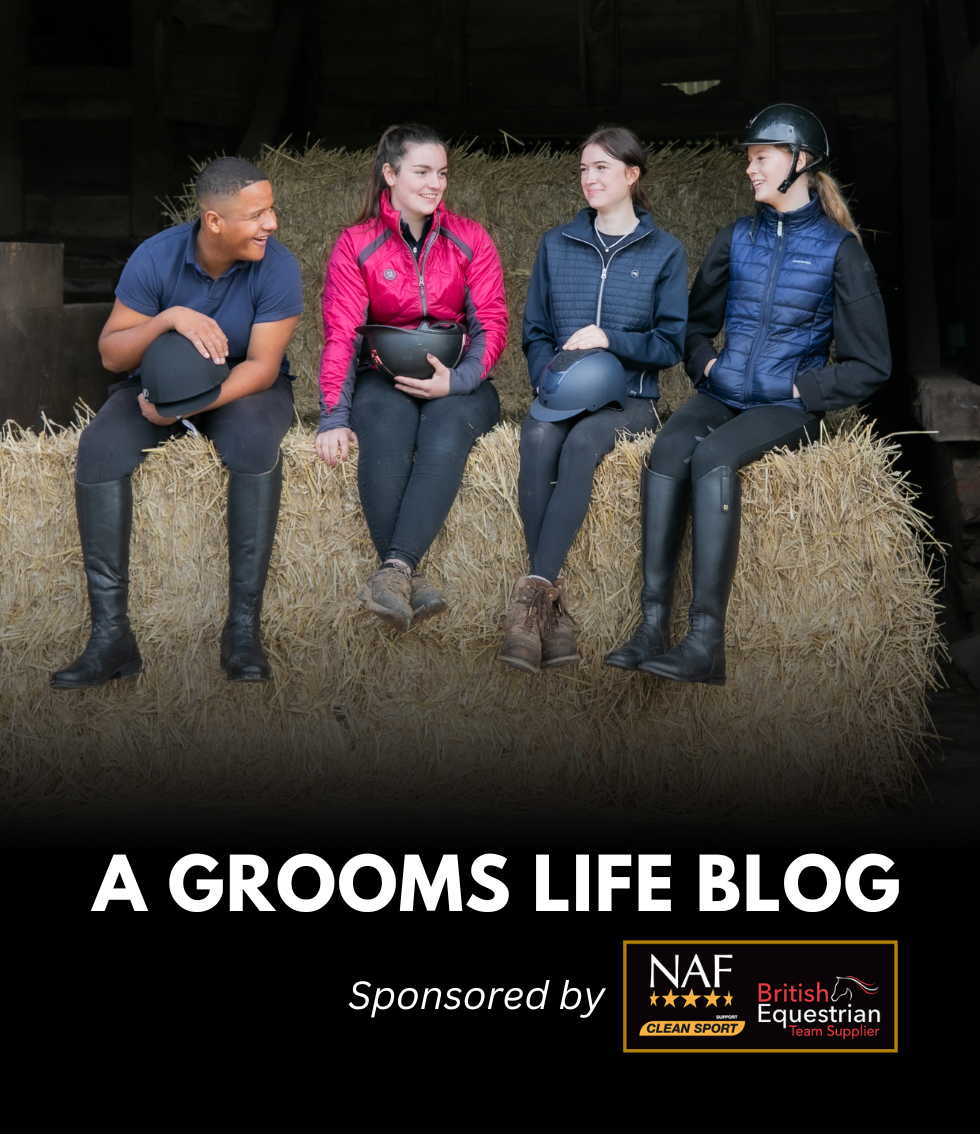
Hey guys, so I thought I would do this months blog on colic as my miniature Shetland (Mr Smarty Pants) decided to colic at the end of November. There are many different type of colic, but a few of the most common are: So what causes colic? Colic can be really scary so its important to know how to deal with it and what to look out for, hopefully this blog will have given you a little snippet, but there are so many brilliant in depth articles on the internet and in books so if in doubt do some research. A last little note just to say I hope everyone is so far surviving the start of winter. I’m looking forward to Christmas and definitely eating way more than I should and celebrating with friends and family. Not forgetting the traditional trip to Olympia, once I’ve been there then it feels like Christmas! So I wish everyone a very Merry Christmas, a happy New Year and best of luck for 2018! Kate Preventing and Dealing with Colic
5th December 2017
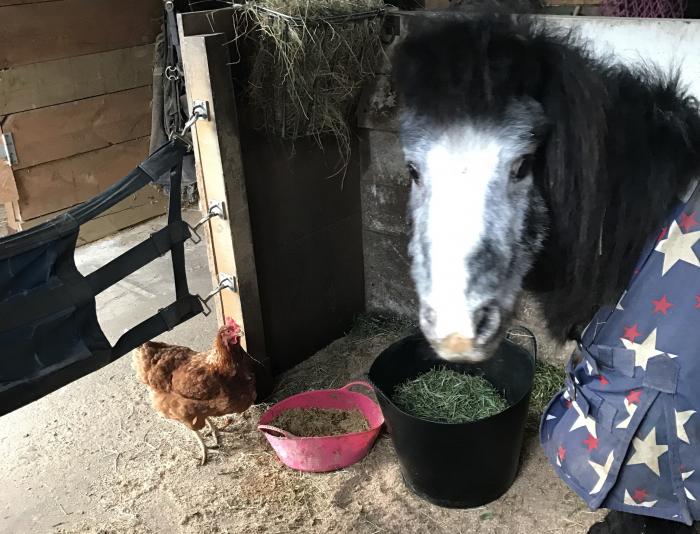
He is all better and back to his normal cheeky self now. I’m sure there are so many of you who have come across colic in one way or another, be it your own horse/pony, a friends or one in your care at work.
Having previously worked at the Royal Veterinary College in the equine hospital I’ve seen a lot of different colic cases and am now so aware of the subtle signs and how quickly clilnical signs can worsen and a horse deteriorate, so it’s vital to spot subtle changes in a horses behaviour and act quickly.
What is colic?
Colic is a term used to describe abdominal pain. It can affect any horse/pony, any age, any breed and can vary in severity from just mild discomfort, to something more serious that could potentially require hospitalisation. The majority of colic cases can be cured medically and at home by a vet without the need to admit the horse to hospital, however roughly 5-10% require surgery to save their lives.
Horses can deteriorate quite rapidly with colic so its important to recognise the signs quickly and call the vet out as soon as possible to assess the horse, determine the type of colic and the best course of action to take to give the best chance of a quick recovery. These signs however cannot always be very obvious, some horses can just be a bit quiet and not quite themselves, whereas others will go all out rolling, kicking at their stomach and have a raging temperature.
The symptoms will really vary from case to case so what should you look out for if you think you have a horse with colic?
• Rolling
• Pawing either intermittently or continuously
• Laying down either for long periods or more up and down rapidly, some may even roll onto their backs and lay still
• Looking round at their tummy/flank
• Kicking at their tummy
• Stretching and rocking backwards as if going to urinate
• Curling the upper lip
• Not passing any droppings
Impaction – when a blockage occurs in the intestine.
Spasmodic – or gastric as its also known. Is caused due to a build up of gases due to excess fermentation within the intestine.
Twisted gut – there are parts of the intestines that can twist upon themselves, which causes an interruption to the blood flow. A twisted gut is extremely painful and requires surgery to correct.
Displacement – there are 2 types, left and right dorsal. The left dorsal is where the large intestine moves between the splein and body wall becoming trapped over the nephrosplenic ligament (larger horses are more prone to this condition).
Right dorsal displacement, this is again the movement of the large intestine but this time between the caecum and right body wall and again more common in larger horses.
There are various things that can contribute to the onset of colic a few below:
• Sudden changes in feed
• Stress
• Parasites
• Poor grazing
• Mouldy feed or forage
• Worm infestation
• Dehydration
A few ways we can help to try and prevent colic:
• Always have a fresh clean water supply available
• Allowing access to good pasture
• Make any feeding changes gradually
• Feed good quality roughage, ideally ad-lib
• Control parasites, use regular worm egg counts and a worming programme
• Regular dental checks
• Try and keep stress to a minimum
• Good paddock maintenance, regular poo picking and checking for and removing harmful plants.
It’s so important to know your horses or the horses in your care normal behaviour, eating and drinking habits and roughly how many droppings are normal for them as these are all key signs of any change. It’s also good to know their normal temperature and take it regularly (a normal temp should be 37.3 – 38.3 celcius), pulse should be 28 – 44 beats per minute, and respirate 10 – 24 breaths per minute, listen for gut sounds (you want these) and gum colour should be a pale pink.
BLOG ARCHIVE
- 2025 (16 ENTRIES)
- 2024 (52 ENTRIES)
- 2023 (60 ENTRIES)
- 2022 (35 ENTRIES)
- 2021 (24 ENTRIES)
- 2020 (19 ENTRIES)
- 2019 (45 ENTRIES)
- 2018 (36 ENTRIES)
- 2017 (7 ENTRIES)
What the personal accident policy covers you for:
- Whilst at work
- All stable duties – mucking out, grooming, washing off, turning out
- Clipping
- Riding – including hacking and jumping
- Hunting
- Lunging
- Breaking in
- Holding horse for a vet and other procedures
- Travelling horses both in the UK and abroad
- Competing in line with your job including: jumping, dressage, eventing
- Injuries that may happen to you whilst you are teaching - but you must also be grooming as part of your duties and not be a sole instructor
What the personal accident policy doesn’t cover you for:
- Riding in a race, point to point or team chase
- Stunt Riding
- Accidents occurring whilst travelling to and from work
- Riding and competing your own horse (but you can upgrade when applying for membership to include this)
- Public Liability – this is a separate insurance policy - the Freelance Groom Liability Insurance
- Care Custody and Control – this is a separate policy - the Freelance Groom Liability Insurance
If you require additional cover then please contact KBIS directly.
| GROOM | RIDER | EMPLOYER | |
|
When you are working for other people you do most of the following; muck out, turn out/catch in, tack up, groom horses, exercise Horses (including hacking, jumping and schooling), in the care of your employer/client. |
|
|
|
| Predominantly ride horses for other people including schooling, exercising and competing. | NO |
YES |
YES |
| Provide grooming services for someone else either full time or on a freelance basis i.e. an employer or a client. | YES |
NO |
NO |
| Employ staff – have an employers liability policy in your name | NO | NO | YES |
| Buy and sell horses | NO | YES | YES |


